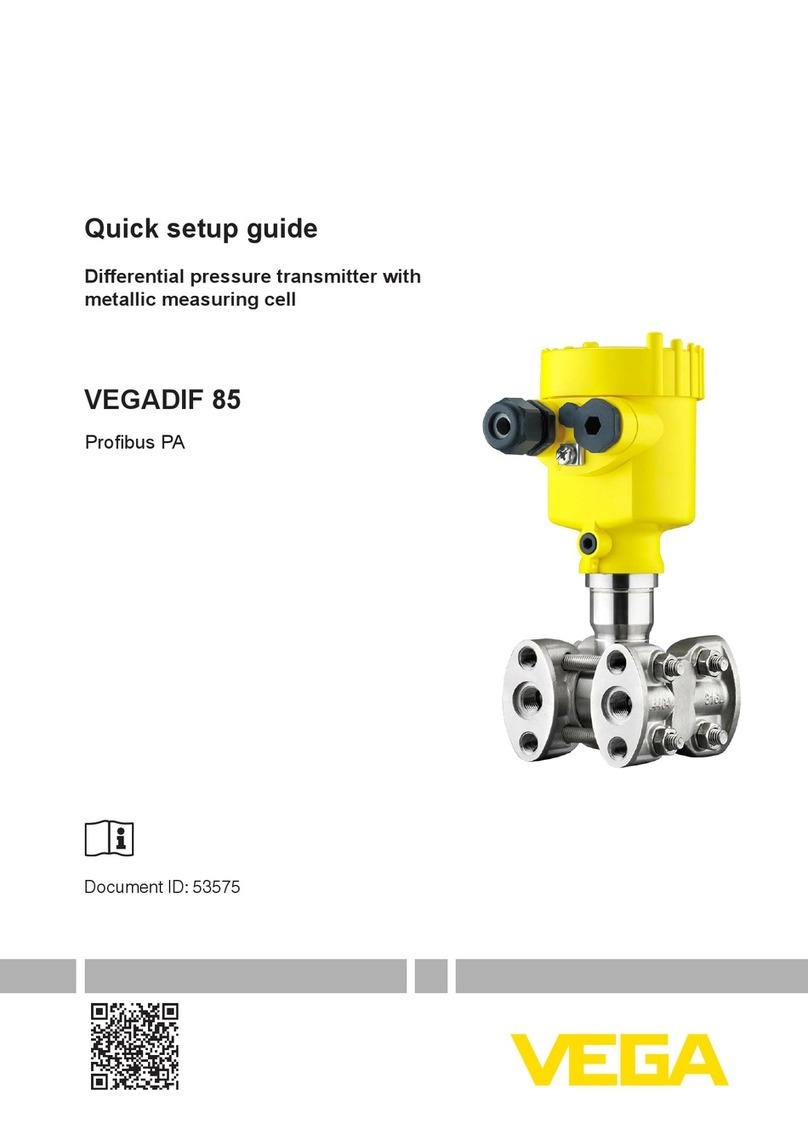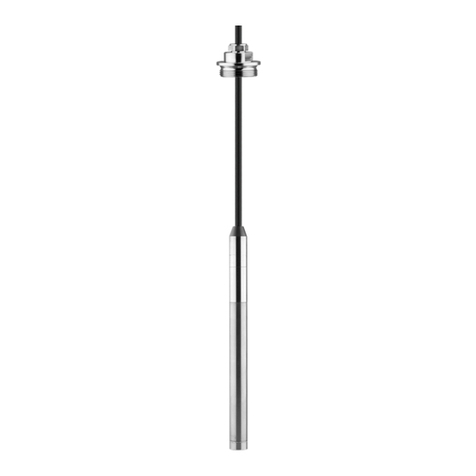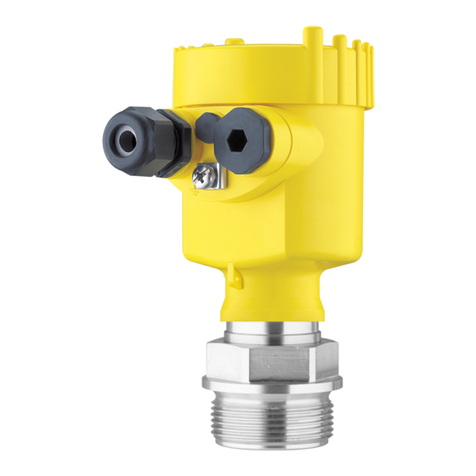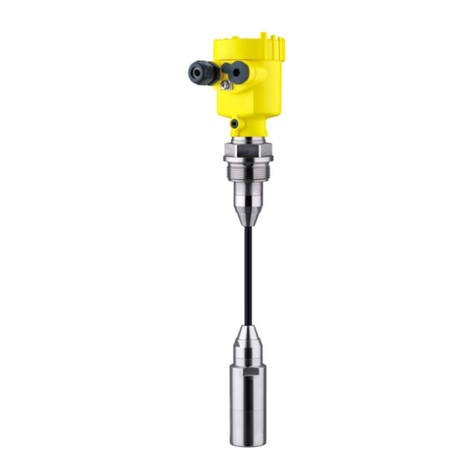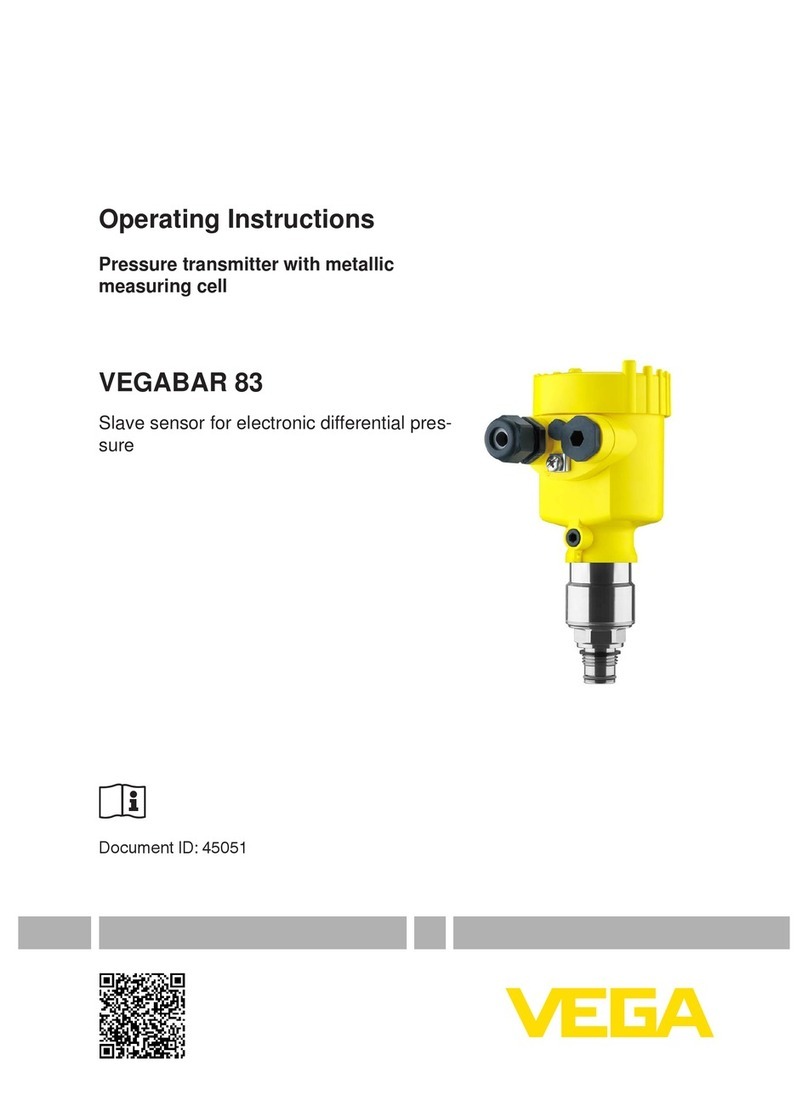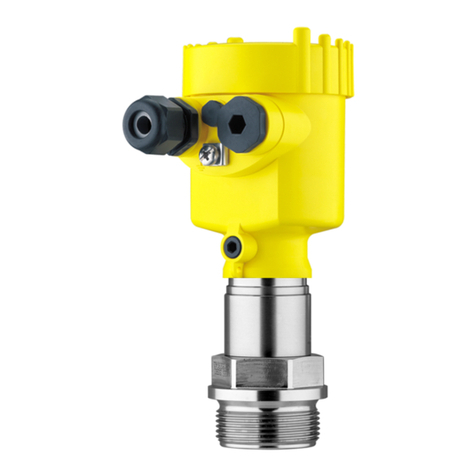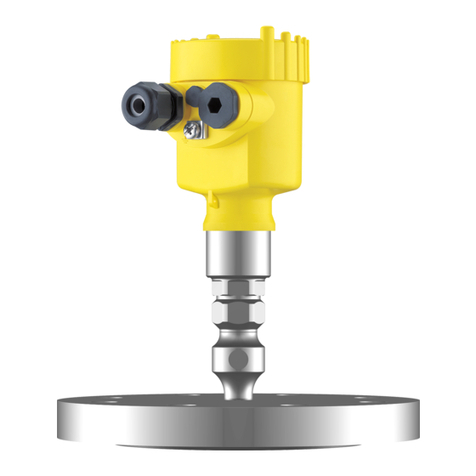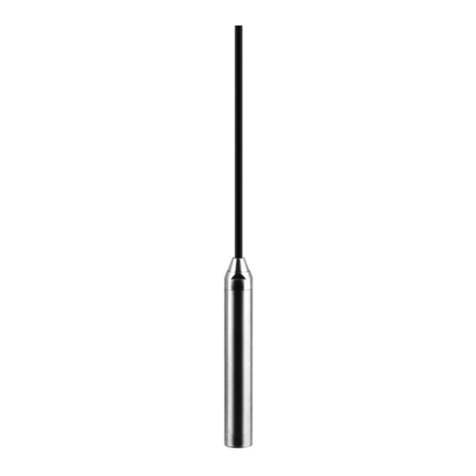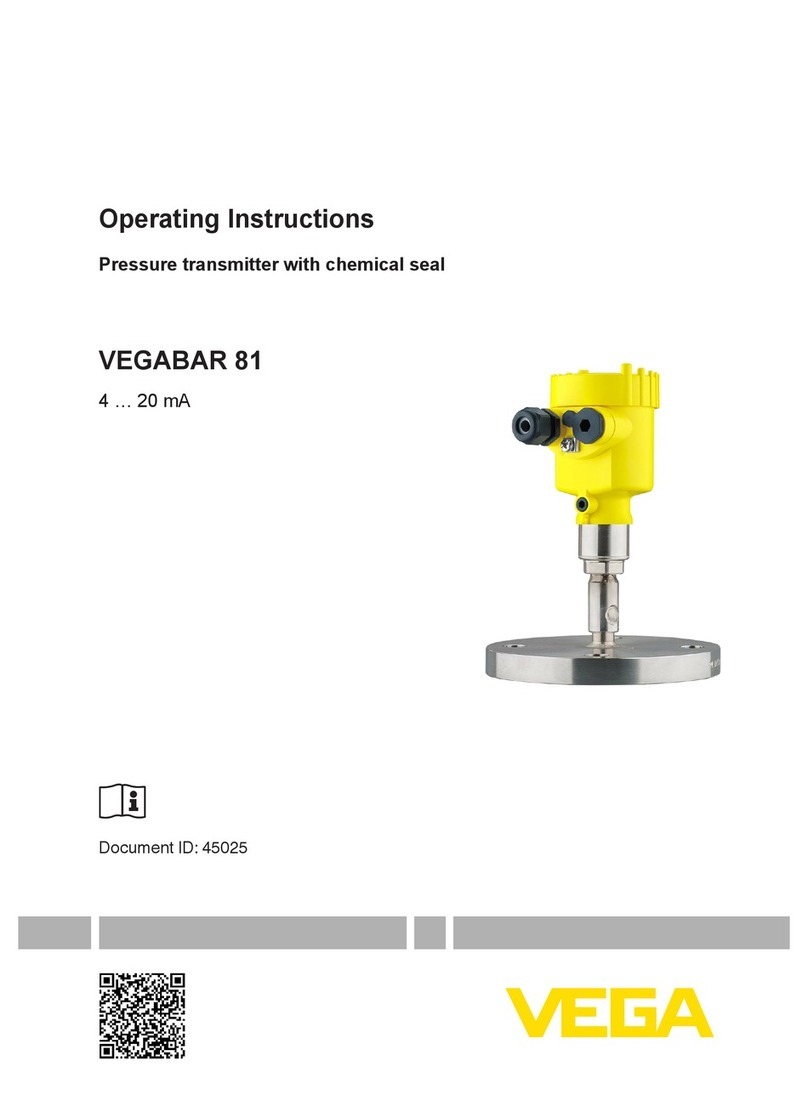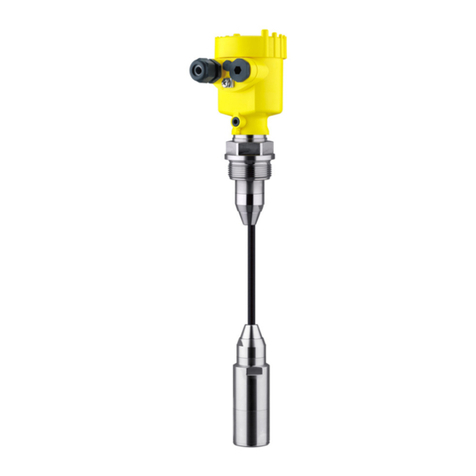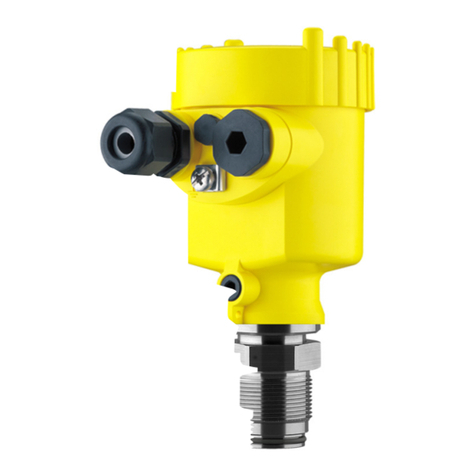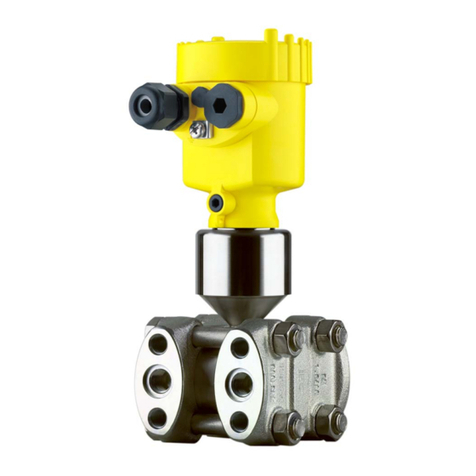
2
Contents
VEGABAR 86 • 4 … 20 mA
45506-EN-230914
Contents
1 About this document ............................................................................................................... 4
1.1 Function ........................................................................................................................... 4
1.2 Target group ..................................................................................................................... 4
1.3 Symbols used................................................................................................................... 4
2 For your safety ......................................................................................................................... 5
2.1 Authorised personnel ....................................................................................................... 5
2.2 Appropriate use................................................................................................................ 5
2.3 Warning about incorrect use............................................................................................. 5
2.4 General safety instructions............................................................................................... 5
2.5 Conformity........................................................................................................................ 5
2.6 NAMUR recommendations .............................................................................................. 6
2.7 Installation and operation in the USA and Canada ........................................................... 6
2.8 Environmental instructions ............................................................................................... 6
3 Product description ................................................................................................................. 7
3.1 Conguration.................................................................................................................... 7
3.2 Principle of operation........................................................................................................ 7
3.3 Packaging, transport and storage................................................................................... 10
3.4 Accessories.................................................................................................................... 11
4 Mounting................................................................................................................................. 12
4.1 General instructions ....................................................................................................... 12
4.2 Ventilation and pressure compensation.......................................................................... 14
4.3 Level measurement........................................................................................................ 17
4.4 External housing ............................................................................................................ 17
5 Connecting to power supply................................................................................................. 18
5.1 Preparing the connection ............................................................................................... 18
5.2 Connecting..................................................................................................................... 19
5.3 Single chamber housing................................................................................................. 20
5.4 Housing IP66/IP68 (1 bar) .............................................................................................. 21
5.5 External housing ............................................................................................................ 22
5.6 Switch-on phase............................................................................................................. 23
6 Set up with the display and adjustment module ................................................................ 24
6.1 Insert display and adjustment module............................................................................ 24
6.2 Adjustment system......................................................................................................... 25
6.3 Measured value indication.............................................................................................. 26
6.4 Parameter adjustment - Quick setup .............................................................................. 27
6.5 Parameter adjustment - Extended adjustment................................................................ 27
6.6 Menu overview ............................................................................................................... 39
6.7 Save parameter adjustment data.................................................................................... 40
7 Setup with PACTware............................................................................................................. 41
7.1 Connect the PC.............................................................................................................. 41
7.2 Parameterization ............................................................................................................ 41
7.3 Save parameter adjustment data.................................................................................... 42
8 Set up with other systems .................................................................................................... 43
8.1 DD adjustment programs ............................................................................................... 43
8.2 Field Communicator 375, 475 ........................................................................................ 43
9 Diagnostics and servicing .................................................................................................... 44
